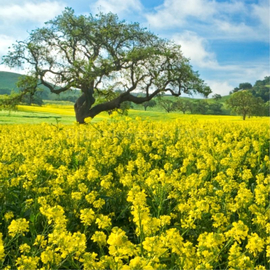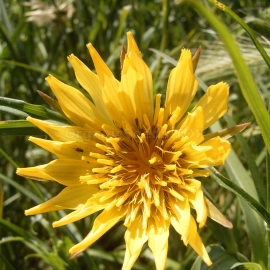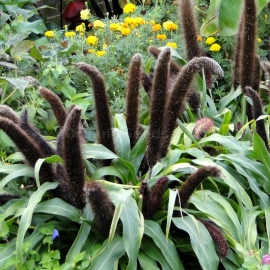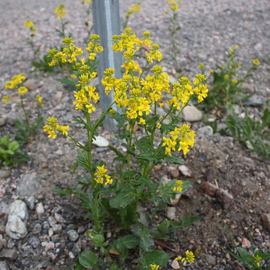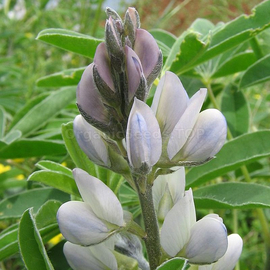



Organic Lupin white Seeds (Lupinus albus)
1.14 €
A perennial plant from the genus of the legume family, it has a branching stem up to 1.5 m high, palmate leaves, an inflorescence - a vertical raceme, flowers of bright colors.
-
White lupin or field lupine / Lupinus albus
This is a herbaceous, perennial plant from the legume family. Lupine has an erect, branching stem 1-1.5 m high. The root system is taprooted and penetrates deeply into the soil. The leaves are usually alternate, petiolate, palmately compound. The inflorescence is a vertical raceme. The flowers are brightly colored, mostly white. The fruits are leathery beans, multi-seeded, often cracking when ripe.
The growing season is 80-155 days. They grow well in areas of sufficient moisture on soddy-podzolic sandy, sandy loam, loamy soils, on gray forest lands and ordinary chernozems and produce high yields of vegetative mass rich in protein in fields of low fertility.
The use of lupine by humans has been known since ancient times. White lupine grains were found in the tombs of Egyptian pharaohs (2000 BC). Lupine was first cultivated to produce grain, which was used as food and animal feed, because the grain contains 29-38% protein. The green mass of forage varieties is readily eaten by animals and is characterized by good digestibility. Later they began to sow for green manure (green manure).
To obtain feed and green fertilizer, lupine is usually sown in fallow fields; stubble and mowing crops are also used. The depth of seed placement should not exceed 3-4 cm on sandy soil, and 2-3 cm on loamy soil.
They are grown in green manure fallows (for green manure), sowing into a spring field that completes the crop rotation. Its reseeding as an intermediate green manure into winter rye (in the fall before snowfall, in winter after snow or in early spring) is promising. The green mass is often plowed under potatoes (in the spring of the second year).
In forestry they are used to adjust spruce and pine plantings.
With this product buy
Product code: 11838
1.14 €
An annual oil plant, as a green manure, it actively releases sparingly soluble phosphates, normalizes the acid-base balance of the soil, can grow on any soil from very acidic to alkaline, germinates quickly and grows quickly, a good honey plant.
Product code: 12238
1.14 €
Goat’s beard -tragopogon pratenis– grows best in well-drained, dry soils, on sites in sunlight or semi-shade. In gardens, Goat’s beard can be introduced into meadows or rough grassland, where plants will attract a range of insect life including bees.
Product code: 12471
2.00 €
Pennisetum glaucum. With its cousins Purple Majesty and Jade Princess, Copper Prince Millet is the very picture of ornamental grass. The golden green foliage darkens at the points most exposed to the sun, becoming more mahogany in tone.
Product code: 12550
1.14 €
A perennial plant with lower lyre-pinnately dissected leaves with a large rounded-oval terminal lobe, a good honey plant; autumn sowings provide early green food in the spring.

